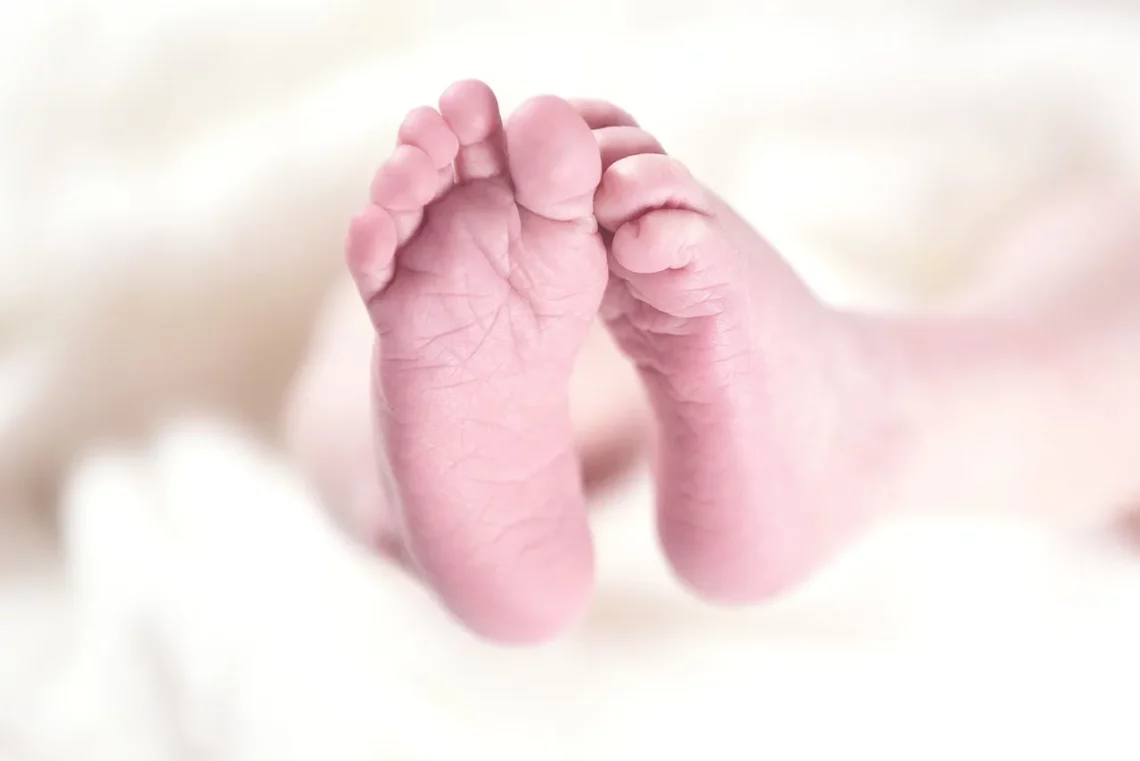
Understanding Cold and Sweaty Feet: Causes and Solutions
Cold and sweaty feet can be an uncomfortable and perplexing condition experienced by many individuals. The sensation of icy toes or clammy soles can interfere with daily life, causing distress and sometimes embarrassment. While it may seem trivial, the feet are crucial to our overall comfort and mobility, and any abnormalities can lead to a cascade of issues.
Understanding why this phenomenon occurs is the first step toward alleviating the discomfort. Factors contributing to cold and sweaty feet can range from environmental influences to underlying medical conditions. The interplay between the body’s thermoregulation processes and sweat production plays a significant role. For some, it may be a simple matter of footwear choice, while others might find that their symptoms are linked to more complex health issues.
In this article, we will delve into the possible causes of cold and sweaty feet, explore effective solutions, and provide insights that can help improve this common condition. By recognizing the signs and understanding the underlying mechanisms, individuals can take actionable steps towards achieving greater comfort in their daily lives.
Understanding the Causes of Cold Feet
Cold feet can stem from various causes, each with its unique mechanisms. One of the most common reasons is poor circulation. When blood flow to the extremities is insufficient, it can result in a sensation of coldness. Conditions such as peripheral artery disease (PAD) can contribute to this issue, as they narrow the blood vessels and restrict blood flow to the legs and feet.
Additionally, environmental factors play a significant role. Exposure to cold temperatures can lead to a natural response from the body, which prioritizes keeping vital organs warm by reducing blood flow to the extremities. Wearing inadequate footwear or socks that do not provide enough insulation can exacerbate the problem, leaving your feet feeling uncomfortably cold.
Another critical factor is nerve damage, often associated with diabetes. Diabetic neuropathy can impair the nerves that control blood flow and sensation in the feet, leading to feelings of coldness or numbness. Similarly, conditions affecting the thyroid gland, such as hypothyroidism, can also lead to cold feet due to a slowed metabolism that affects overall body temperature regulation.
Finally, lifestyle choices can influence foot temperature. Smoking, for example, can constrict blood vessels and reduce circulation, leading to colder feet. Stress and anxiety can also trigger a fight-or-flight response, causing the body to divert blood flow away from the extremities.
Understanding these causes is essential in addressing the issue of cold feet. By identifying the underlying factors, individuals can seek appropriate solutions and make lifestyle adjustments to improve circulation and warmth in their feet.
The Role of Sweaty Feet: Causes and Effects
On the opposite end of the spectrum, sweaty feet can be equally troublesome. Hyperhidrosis, or excessive sweating, can affect the feet specifically, leading to discomfort and potential social embarrassment. This condition can be triggered by a variety of factors, including genetics, hormonal changes, and anxiety.
Genetics play a significant role in determining how much a person sweats. If you have a family history of hyperhidrosis, you may be more prone to experiencing sweaty feet. Hormonal changes, particularly during puberty or menopause, can also result in increased sweat production.
Anxiety and stress can exacerbate the problem as well. When the body perceives a threat, it activates the sweat glands as part of the fight-or-flight response. This reaction can lead to sweaty palms and feet, often causing self-consciousness in social situations.
Footwear choice can also contribute to this issue. Shoes made from synthetic materials may not allow adequate ventilation, trapping moisture and heat. This can lead to an uncomfortable situation where sweaty feet become a breeding ground for bacteria and fungi, resulting in unpleasant odors and conditions such as athlete’s foot.
To manage sweaty feet effectively, it is crucial to consider both lifestyle changes and products designed to combat excessive sweating. Options include moisture-wicking socks, breathable footwear, and antiperspirants formulated for feet. These solutions can help minimize sweating and keep your feet dry and comfortable throughout the day.
Effective Solutions for Cold and Sweaty Feet
Finding effective solutions for cold and sweaty feet often requires a multifaceted approach. For those suffering from cold feet, improving circulation is key. Simple lifestyle changes, such as regular exercise, can significantly enhance blood flow. Activities like walking, running, or engaging in aerobic exercises can stimulate circulation throughout the body, including the extremities.
Wearing appropriate footwear is also critical. Insulated boots or shoes that allow for proper airflow can help maintain warmth. Additionally, selecting high-quality socks made of materials that wick moisture away from the skin can prevent cold feet while keeping them dry.
For individuals dealing with sweaty feet, the focus should be on moisture control. As previously mentioned, breathable shoes and moisture-wicking socks can be game-changers. Using foot powder or specialized antiperspirants can help reduce sweat production. Regularly changing socks throughout the day can also keep feet dry and comfortable.
In more severe cases, seeking medical advice is advisable. Dermatologists can offer treatments such as iontophoresis, a procedure that uses electrical currents to reduce sweating, or Botox injections that temporarily block the nerves responsible for sweating.
Another solution is to adopt relaxation techniques to manage stress and anxiety, which can lead to excessive sweating. Practices such as meditation, deep breathing exercises, or yoga can help reduce overall stress levels, subsequently minimizing the occurrence of sweaty feet.
Ultimately, understanding your body and its responses is vital in managing both cold and sweaty feet. With the right approach, individuals can find comfort and relief from these common foot issues.
When to Seek Medical Attention
While cold and sweaty feet can often be managed with lifestyle changes and home remedies, there are instances when it’s essential to seek medical attention. If these symptoms persist or worsen, it may indicate an underlying health condition that requires professional evaluation.
For individuals experiencing cold feet along with other symptoms such as pain, numbness, or discoloration, it is crucial to consult a healthcare provider. These symptoms can be indicative of circulation issues or peripheral artery disease, both of which require timely medical intervention.
Similarly, if sweaty feet are accompanied by persistent odor, skin irritation, or infections, it is advisable to seek guidance from a medical professional. Conditions such as athlete’s foot or other fungal infections can develop in excessively sweaty environments, leading to discomfort and further complications.
In any case, it’s important to listen to your body. If you notice significant changes in your foot temperature or sweating patterns, don’t hesitate to reach out to a healthcare provider. Early intervention can lead to more effective treatment and better overall outcomes.
**Disclaimer:** This article is not intended to serve as medical advice. If you have any health concerns or issues, please consult a healthcare professional for guidance and treatment.




